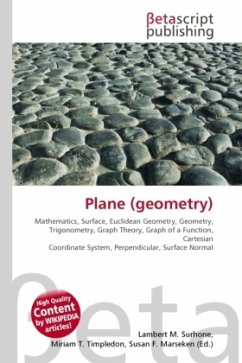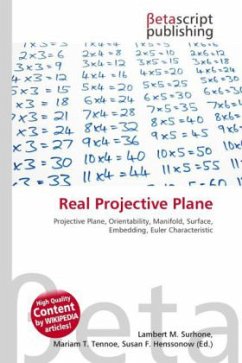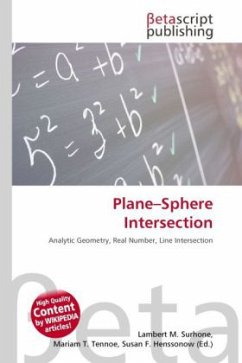High Quality Content by WIKIPEDIA articles! In mathematics and engineering, the S plane is the name for the complex plane on which Laplace transforms are graphed. It is a mathematical domain where, instead of viewing processes in the time domain modelled with time-based functions, they are viewed as equations in the frequency domain. It is used as a graphical analysis tool in engineering and physics. A real time function is translated into the 's' plane by taking the integral of the function, multiplied by e st from -infty to infty, where s is a complex number. One way to understand what this equation is doing is to remember how Fourier analysis works. In Fourier analysis, harmonic sine and cosine waves are multiplied into the signal, and the resultant integration provides indication of a signal present at that frequency (i.e. the signal's energy at a point in the frequency domain). The 's' transform does the same thing, but more generally. The e-st not only catches frequencies, but also the real e-t effects as well.
Bitte wählen Sie Ihr Anliegen aus.
Rechnungen
Retourenschein anfordern
Bestellstatus
Storno








